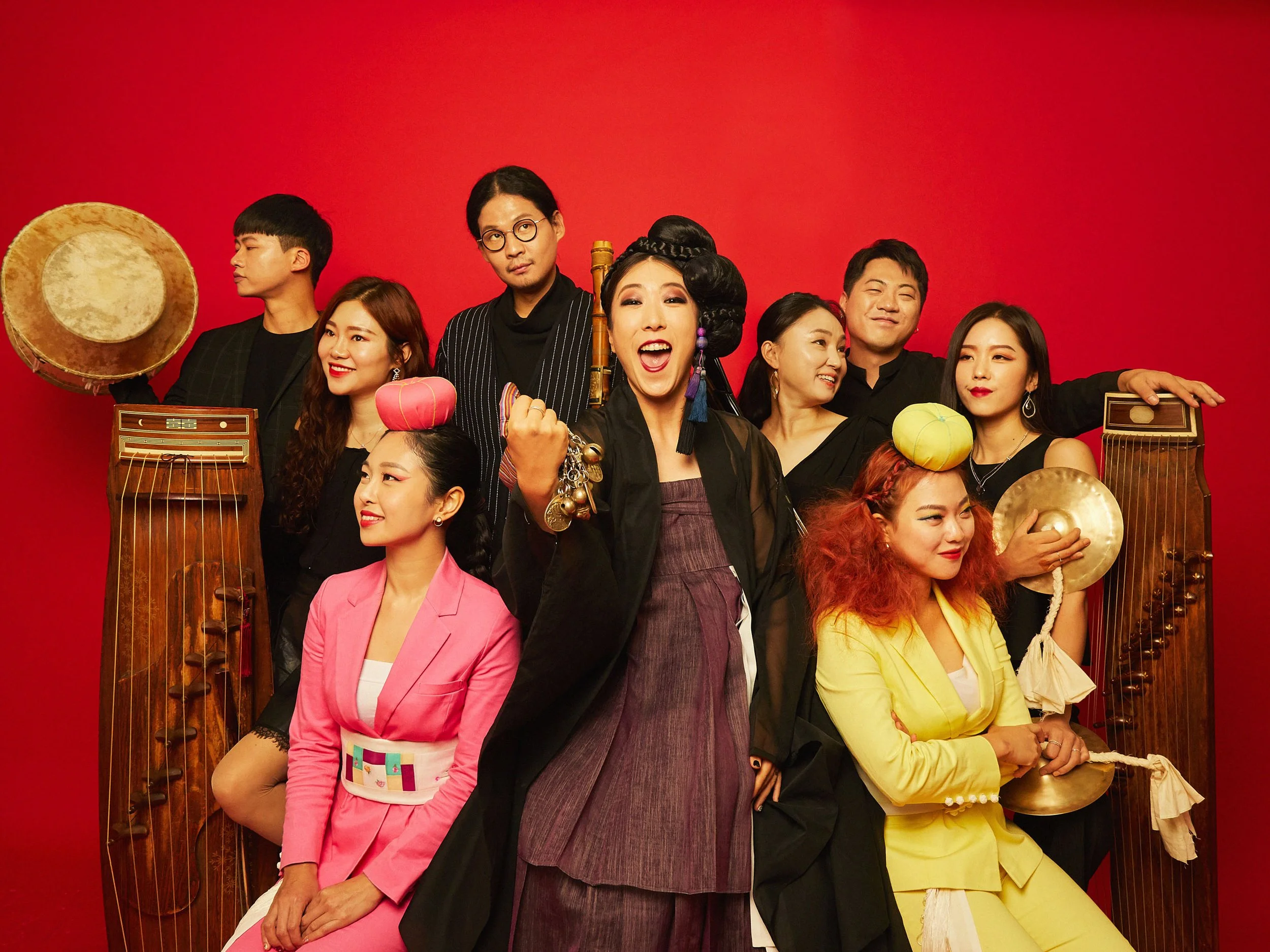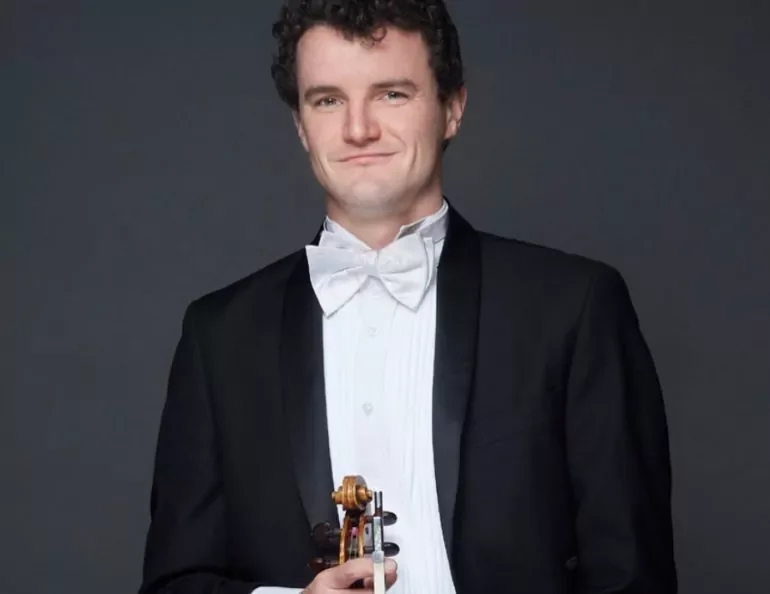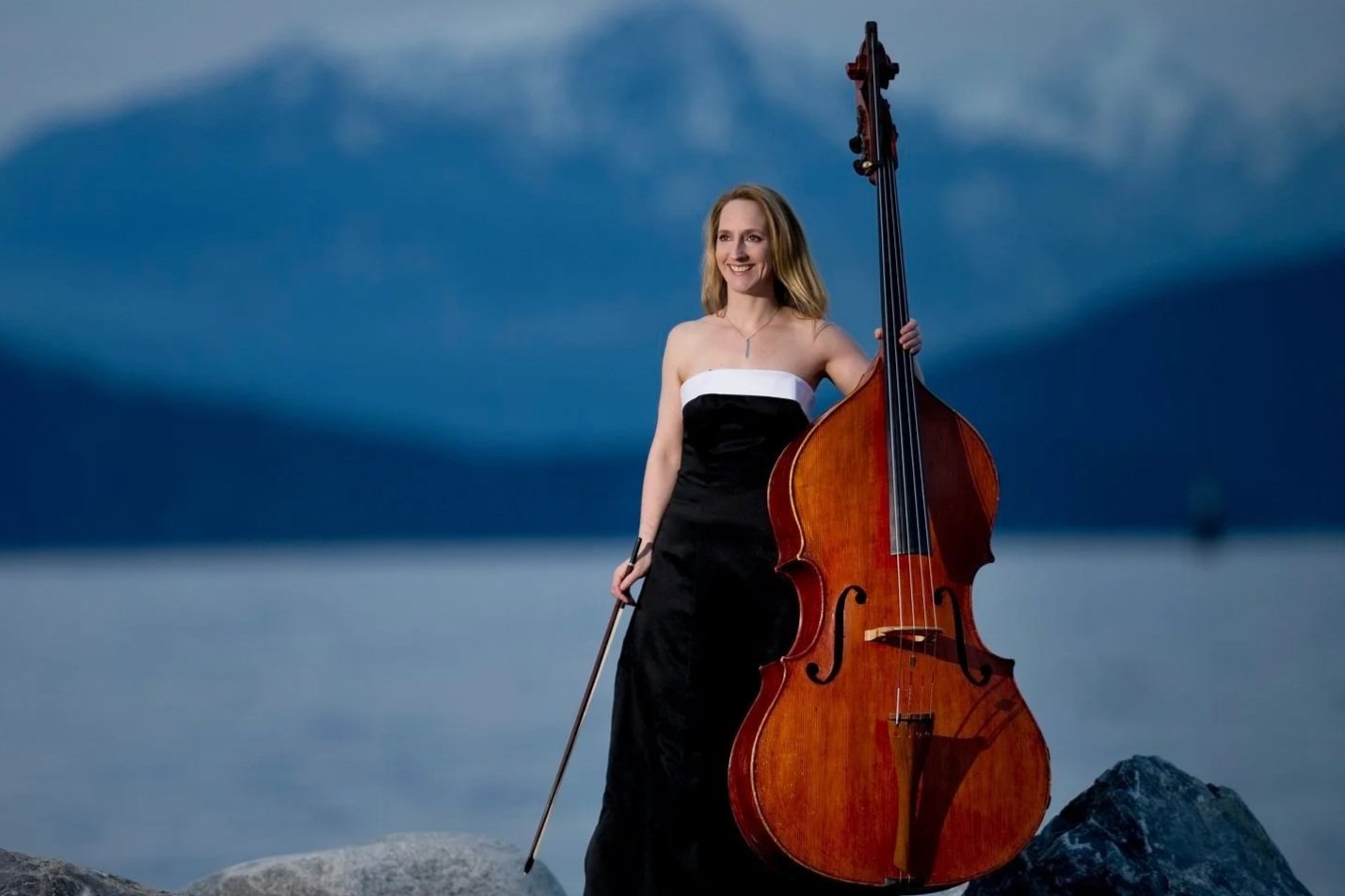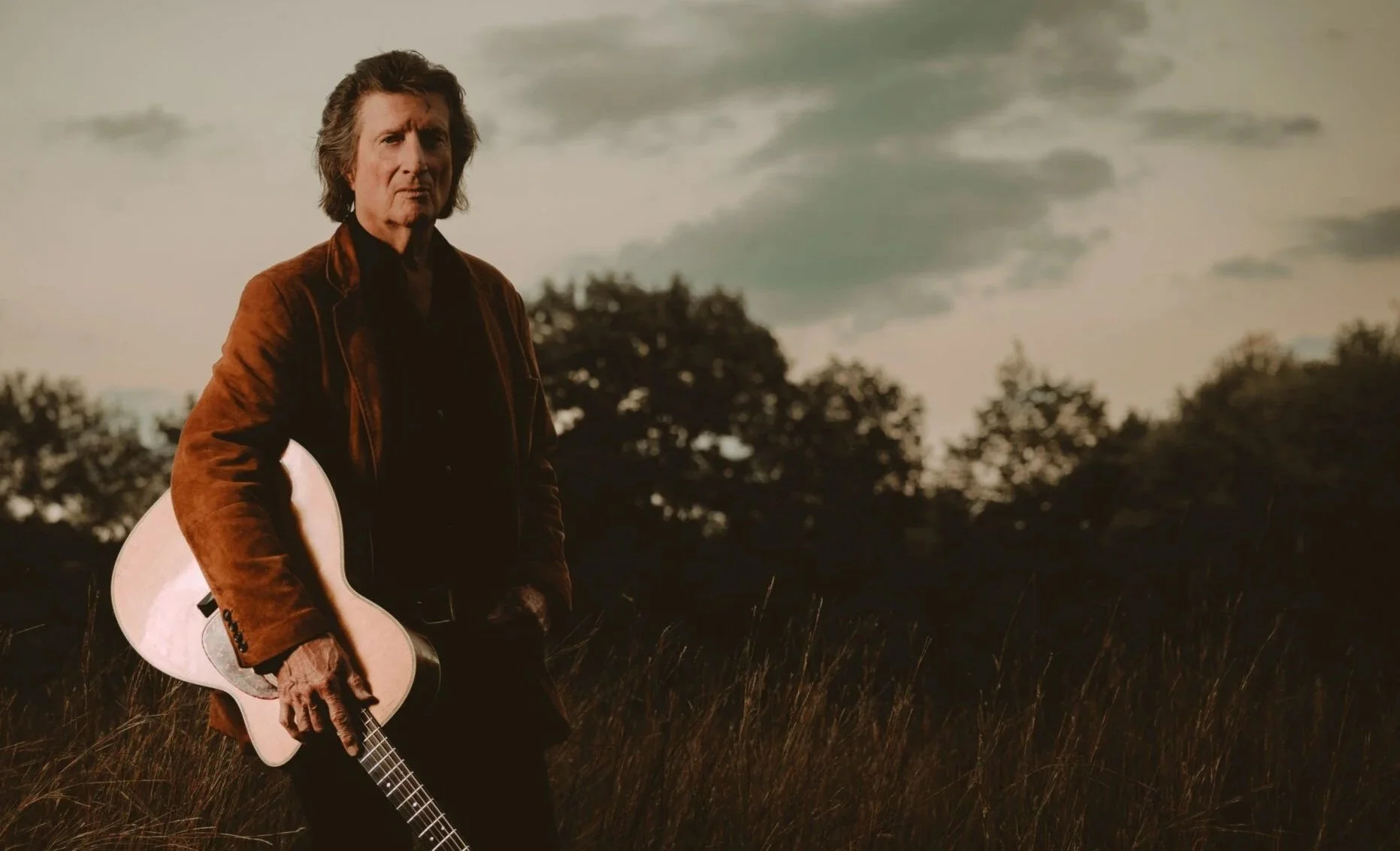South Korea's wildly fun ADG7 mashes shamanic sounds with funky beats to create the ultimate party band
Bowed zithers and bamboo flutes meet bright headgear and K-pop dance steps
Don’t let the fun beats fool you: ADG7’s name has serious roots: it’s a nod to the end of the Japanese occupation of the Korean peninsula in 1945, and to the idea that the two Koreas, North and South, should eventually unite.
Caravan World Rhythms and the Korean Cultural Centre present ADG7 at the Rio Theatre on June 19
BRIGHTLY COLOURED headgear. Synchronized dance moves. Irresistibly funky beats. And an array of acoustic instruments named piri, ajaeng, daegeum, gayageum, saenghwang, and jing?
In the world of improbable party bands, there may be none more unlikely than South Korea’s ADG7—especially as the nine-piece ensemble was formed with a deeply serious intent, one that’s even embedded in its undeniably enigmatic name.
“ADG7 is made from only the first letters of Ak Dan Gwang Chil,” says group spokesperson Bae Sanghee in an email interview from Seoul. “‘Ak dan’ means ‘band’ and ‘gwang chil’ is an abbreviation of ‘70th anniversary of liberation’; ‘chil’ has the same pronunciation as ‘seven’ in Korean. We got this name because we were formed on the 70th anniversary of liberation.”
Not only does the moniker honour the end of the Japanese occupation of the Korean peninsula in 1945, it nods to the band members’ belief that the two Koreas, North and South, should eventually unite, with the pull of a shared culture overcoming the present political divide. And preserving that culture is another of ADG7’s aims.
Its original members, Bae explains, were all associated with “a Korean traditional music performance organization called Jeong Ga Ak Hoe”, and their intent was to introduce urban South Koreans to the endangered shamanic music of the north. “We were attracted to traditional music, including gut (shamanic) music in the northern Korea region (Hwanghae province), and used this as our identity,” he says. “This musical identity also contains the wishes of our band, which remembers our people, who were one before the division, and wishes for peace without forgetting their historical pain.”
Most of the band’s repertoire, he adds, is drawn from shamanic ritual. Often designed to ensure a supernatural blessing for the annual harvest, these rites also served to bring communities together for collective labour, feasting, and healing. During these ceremonies, Bae notes, “people from all over the village comforted those who were sick or sad, and appreciated the harvest of the year.
“Today we live in a world that is more convenient and faster than ever,” Bae continues, “but there is less warmth between each other, [less] caring for the marginalized….There is an illustration in our first album where people are spinning hand-in-hand in a circle under a mirrorball. It contains the message 'We are one,’ which was the theme of the first album. It may be a necessary message for all of us living together on this planet, which is suffering from a crisis due to the climate environment and war.”
That first LP, Orchestra Glaze, was issued in 2017. Life is Like a Flower, from 2020, finds the band retaining its traditional sources, but performing with more power and verve. Most remarkably, the instruments listed above—bamboo clarinet, bowed zither, bamboo flute, zither, mouth organ, and gong—have acquired more muscle. ADG7 remains a folk group, but it now performs with the drive of a very funky rock band.
“In the first album, it was a process of analyzing traditional 'gut' music and digesting it as our own,” Bae says. “Inspiration from the traditional sound was directly expressed. The rough melody and timbre characteristics of shamanic music or traditional music are well revealed. In the case of lyrics, the lyrics used in the original traditional music were often used as they were.
“In the second album, the concerns of the first album, which focused on the nature of tradition, have changed to many concerns about how the structure and sounds of modern popular music can go with tradition. We tried many things that we had not done in the first album. Rather than rough and direct expression, [we] made efforts to capture popular band sounds while highlighting the characteristics of Korean traditional music. In particular, there have been attempts to interpret the contents of the lyrics in a modern way.”
Bae cites “Noza Noza” as a good example. The title “is a colloquial form of ‘lets play.’ It tells the story that if we want to play together regardless of age, gender, and nationality, we can all enjoy this moment.”
And, fittingly, you don’t have to be Korean—or an ethnomusicologist—to be utterly charmed by ADG7. The band’s in-house designer has accessorized the three singers’ shamanic garb, including wildly witch black hats, with vibrant fabrics and ultra-hip sunglasses; suitably attired, they mix ritual movement with K-pop dance steps and even hints of Motown glitz. Meantime, two drummers keep the beat on janggu (hourglass drum), jing and kkwaenggwari gongs, and jazz cymbals, while the other instrumentalists perform sinuous, syncopated melodies with virtuosic intensity.
For me, encountering this band was love at first sight—and after its Vancouver debut, I doubt I’ll be alone.













Beloved Mozart work features fantastical characters and a killer Queen of the Night aria